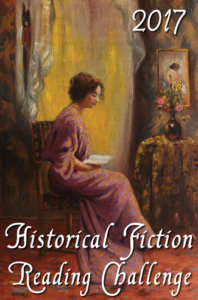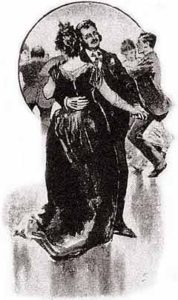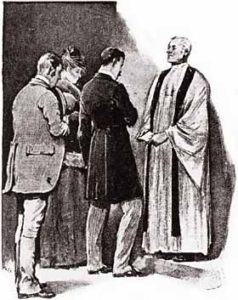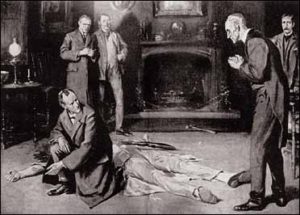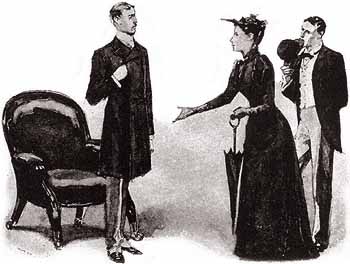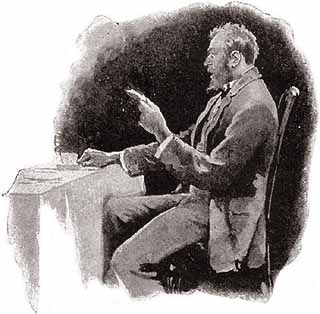
Allen begins his journey in Harar, Ethiopia, said to be the birthplace of coffee.As he claims partway through the book, “Coffee and humanity both sprang from the same area in eastern Africa.” Next Allen treks through Yemen, Turkey, Austria, France, and from there to Brazil and finally across America on Route 66, following the course of coffee-loving mystics and adventurers and the coffee plant itself. It’s a little bit like what might happen if you put Anthony Bourdain’s Parts Unknown and Jack Kerouac’s On the Road in a blender. It wasn’t what I was expecting, which was more a straight history of coffee, and though there was some history, it was equally Allen’s memoir of his trek around the world in search of coffee’s history.
However, I did learn a few things, such as why coffee dominates in America and tea in Britain (it really has a lot to do with the American Revolution and the Opium Wars), how coffee houses have fomented revolution, and about coffee’s origins among Sufi mystics. For a self-professed coffee fanatic, Allen holds some surprising views. For instance, he doesn’t rag on Starbucks like most coffee snobs I know. Instead he says:
Sure, they’re a megacorporation destroying hundreds of mom-and-pop cafés. But that’s just something large corporations do. The important thing is that they serve fine coffee. Their baristas are generally first-rate.
I actually really like Starbucks, but a lot of people don’t describe their coffee as “fine.” I realize that’s partly because it’s really uncool to like anything that’s popular. Hipsters seem bent on making everyone unhappy about liking anything. I am admittedly not a real coffee aficionado, so perhaps that explains why Starbucks and Dunkin and the like taste good to me. I am also not a hipster—not even close.
This was entertaining, quick read, and most of all, it was fun to read with a nice cup of coffee in the morning, but if you’re looking for the straight history that the book’s title suggests, look elsewhere.
Rating:




I’m counting this book as the “object you might hunt for” for the Wild Goose Chase Challenge because, not only because Allen spends a lot of the book hunting for various types of coffee and stories about coffee’s history and travels, but also because I have sure spent time on a quest for a good cup of coffee on occasion, myself.


